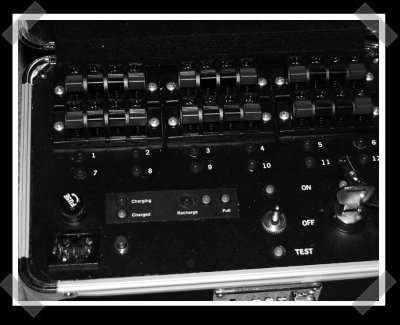Our friend [Johnny Lee] has been quite busy traveling and moving to a new city. He hasn’t had time to put together any new videos because of this. He’s been doing more Wiimote research though and has put together an extensive post about what he’s working on and thinking about.
Right before the move, he put together a demo for throwable displays. The square pieces of foamcore have retro-reflective tape added to each of the corners. The Wiimote sees the orientation of the square and adjusts the projected image to fit perfectly; even when you pick it up and throw it. He used it to add a trail to an airhockey puck. Embedded above is an earlier project where he used the Wiimote to track a foldable display and project accordingly.
[Johnny] has also been working on 3D tracking with two or more Wiimotes. Since the Wiimote is camera based, stereo triangulation is simple. Check out the video below from the University of Cambridge that uses two Wiimotes for motion capture.
Have a look at [Johnny Lee]’s full post for even more Wiimote ideas.














